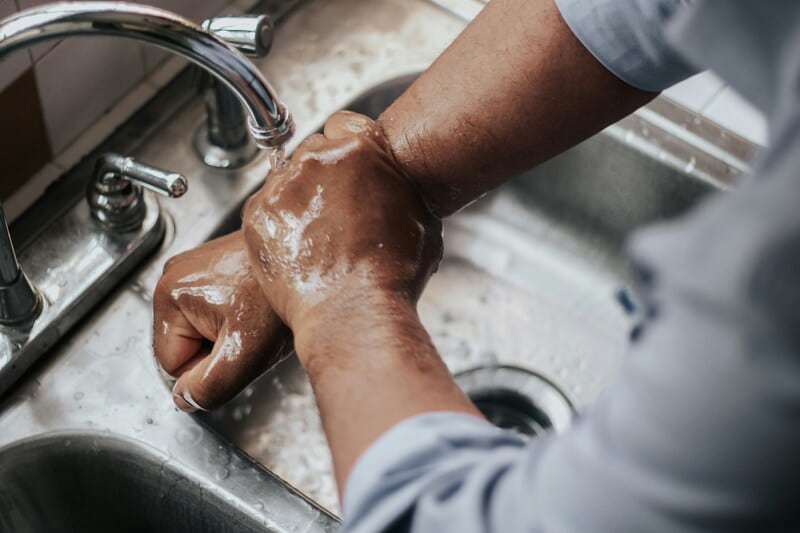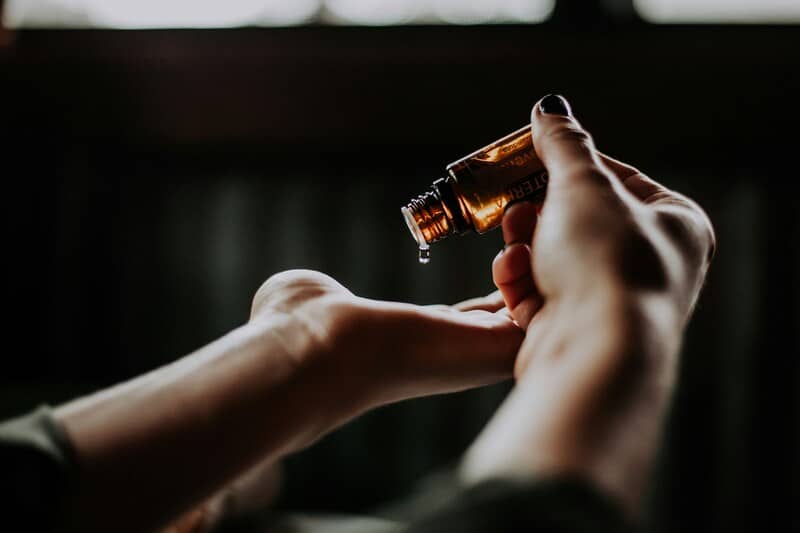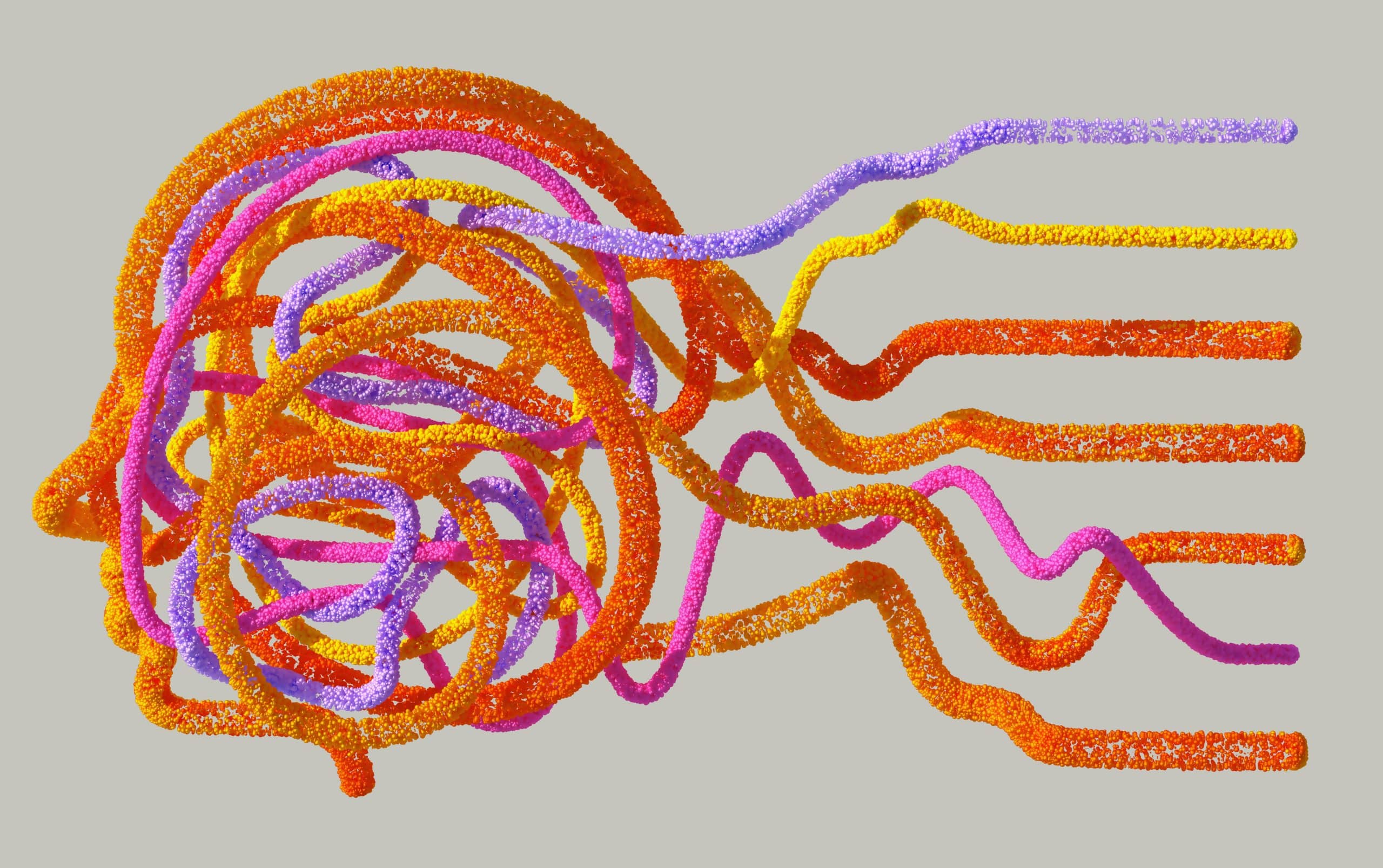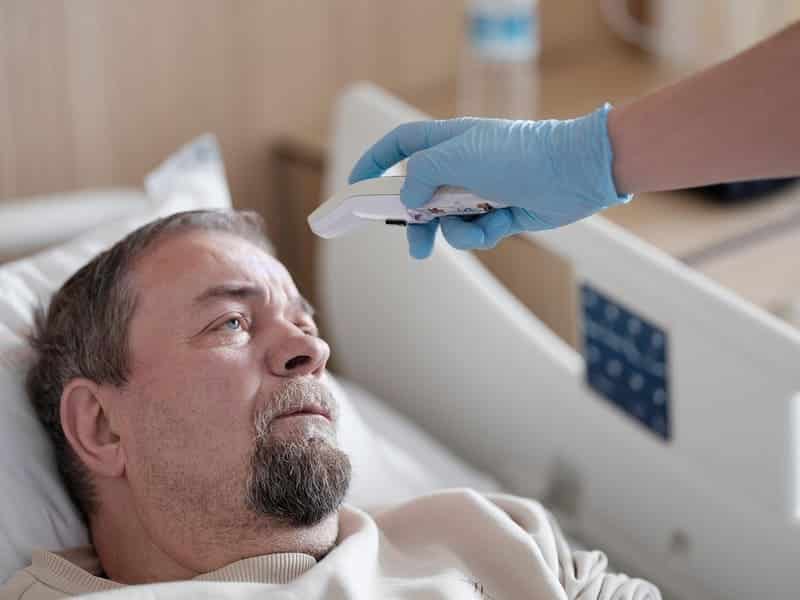Cysts are sac-like, abnormal structures that develop on various body parts. Typically, these bumps may contain either liquid, gaseous, or semisolid material. Notably, numerous cysts can be microscopic or extremely large and may cause various health problems. In particular, the large types can be potentially dangerous as they can displace internal organs and cause discomfort. Furthermore, these growths aren’t a part of the skin as they’re separated by a unique membrane called the cyst wall. This membrane develops a cyst’s outer portion, distinguishing it from the surrounding tissue.
Exploring Cyst Formation
Overall, cysts have multiple symptoms that vary depending on which type developed on someone’s skin. Generally, a person with skin cysts may notice symptoms such as pus or fluid accumulation, discoloration, redness, pain, or lumps under their skin. In contrast, someone with internal cysts, particularly in the liver and kidneys, may be asymptomatic. Since these growths can remain unnoticed, they’re usually detected on imaging scans like ultrasounds, CTs, and MRIs.
Moreover, a person may not feel pain from skin cysts, in particular, unless they become inflamed, infected, or ruptured. Someone with cysts on their breasts, on the other hand, can cause discomfort when they develop. Furthermore, cysts in the brain may trigger specific symptoms such as headaches and migraines. Again, the size, nature, and location of these growths determine their severity.
Risk factors
Basically, cysts can appear anywhere on the body and their causes are equally diverse. In general, an individual can get them from numerous factors including tumors, infections, and clogged sebaceous glands. Not only can these factors cause cyst formation, but genetic conditions may also contribute to their formation.
In certain cases, developmental problems like cellular structure defects or a fault in a developing embryo’s organs. Even chronic inflammatory conditions may lead to someone developing cysts. Another risk factor for forming cysts is blockages, which are obstructions that cause fluid accumulation on the skin. Lastly, external factors such as damaged blood vessels from injuries or parasites can form these growths too.
Cysts aren’t typically life-threatening as they’re usually benign growths that develop due to blockage affecting the body’s draining systems. Despite their harmlessness, some forms can become cancerous or malignant, which is why a person with them should get proper treatment especially if they have concerns. It’s also worth mentioning that cysts and tumors are vastly different. Whereas a cyst is filled with material separate from the skin, a tumor is a solid tissue mass.
Types of Cysts
Various types of cysts exist and each has its own distinct characteristics.
- Acne – causes blocked pores, inflammation, and infection.
- Arachnoid – forms between the brain, spinal core, and arachnoid membrane.
- Breast – are common and painful. However, they’re not cancerous.
- Chalazion – developed from blocked eyelid glands, known as meibomian glands.
- Colloid – forms in the brain and is made of gelatinous material.
- Dentigerous – usually requires surgery for removal and affects a tooth’s unerupted crown.
- Dermoid – contains hair, skin, and other tissues and can form anywhere on the body.
- Epidermoid – found on the skin and contain keratin material.
- Epididymal – benign, filled with fluid, and affects men’s testes.
- Ganglion – benign, small, and affects joints or tendons.
- Hydatid – develops in the lungs or liver due to infections caused by tapeworms.
- Kidney – harmless and its treatment is optional.
- Ovarian – common benign type, occurring during ovulation.
- Pancreatic – may be malignant and its treatment is determined by type.
- Periapical – occurs during tooth formation.
- Pilar – fluid-filled and affects the scalp
- Pilonidal – develops in the lower back near the tailbone.
- Pineal gland – benign and develops in the brain.
- Tarlov – contains cerebrospinal fluid and forms in the base of the spine.
- Vocal fold – affects the threat and interferes with speech quality.
Treatment for Cysts

Healthcare professionals approach treatment for cysts by various factors including type, size, and location. The level of a person’s pain also influences cyst development. By understanding these factors, a doctor can provide the best treatment method tailored to a person’s needs. Specifically, large symptomatic types require surgery to remove them and are ultimately preferred by most doctors. Conversely, an individual with a simple structure cyst may get drainage or aspiration from a doctor instead of surgery.
Notable, aspirations are a medical procedure where doctors use suction to drain harmful fluid from various body parts. The areas of the body used for aspirations include a person’s lungs, abscesses, joints, or other tissues and organs. For unreachable cysts, a doctor may need imaging technologies like CT scans or ultrasounds to aid them. With this less invasive approach, doctors can reduce a person’s risk of developing infections and ensure proper drainage.
Final Thoughts
The best way to deal with cysts is to keep them clean as some types can disappear on their own. If infected, a healthcare professional may be needed to help with removal. Cleaning the affected area and maintaining good hygiene may help someone avoid infection or recurrence. Keep in mind, however, medical attention may not be needed if no real issues arise. With that, forcibly removing cysts at home may cause even more health problems. Therefore, a person shouldn’t pick, rub, or excessively touch cysts to avoid further damage, infections, and pain.
Disclaimer: This article is intended simply to provide information. It does not replace the medical advice of a physician or other medical professional. Please speak with your doctor or therapist if you have any questions or concerns.










